Automata aims to "democratise robotics" with $3,000 six-axis robot
Future Makers: in this movie filmed by Dezeen in London, Suryansh Chandra claims the affordable robotic arm his company Automata is developing could lead to robots becoming as ubiquitous as desktop 3D printers.
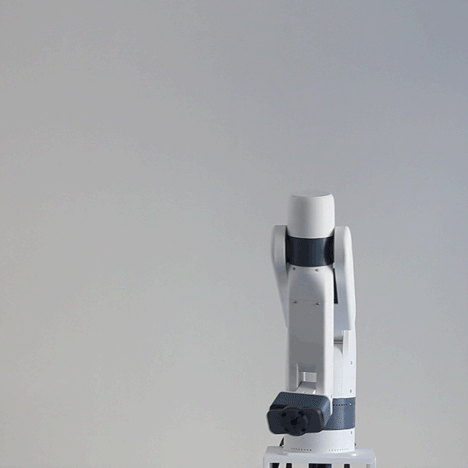
"Today, every design studio has a 3D printer," Chandra says. "Soon, we hope to get to the point where every design studio has a robotic arm."
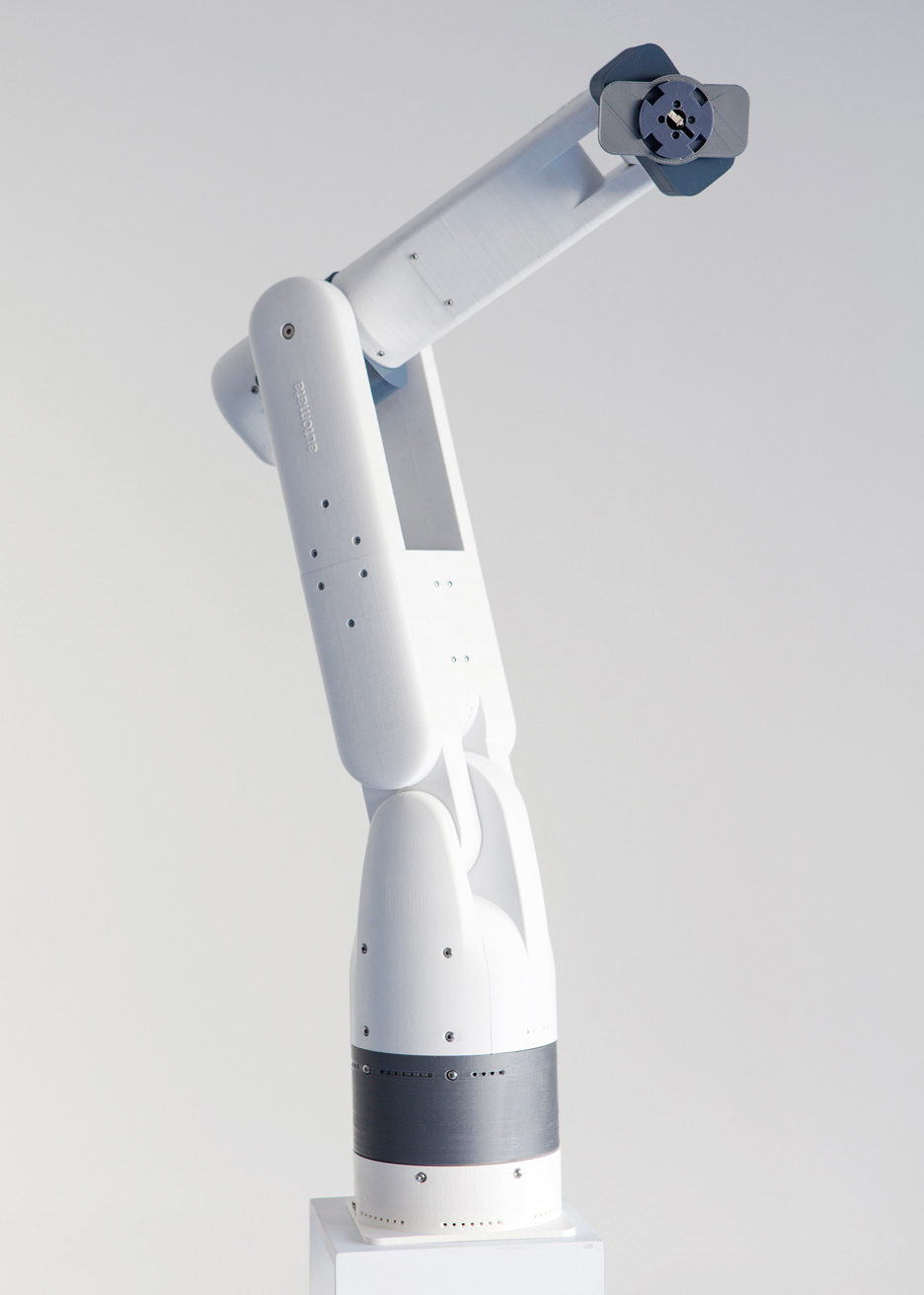
Chandra founded Automata together with Mostafa Elsayed five months ago, after they became frustrated by the expense and complexity of industrial robots while working at the research division at Zaha Hadid Architects.
"If you're out to get a robot today, you'd have to spend 50 or 60 thousand dollars," Chandra explains. "Our goal is to democratise robotics through a low cost hardware platform and easy to use software."
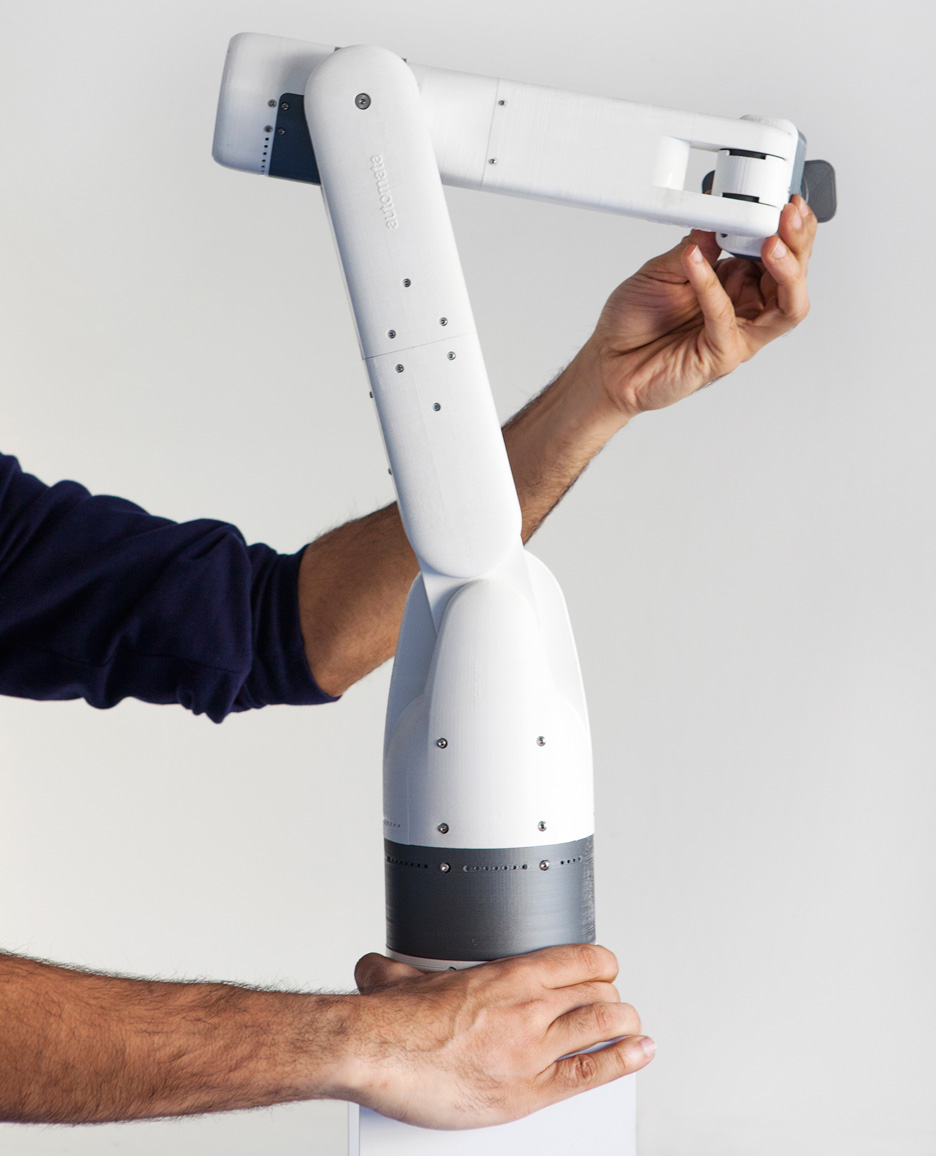
Automata's first product is a plastic six-axis robotic arm called Eva, which weighs 2.3 kilograms and will cost $3,000 (£2,000).
"Unlike industrial robots that are heavy and expensive, Eva is low cost and lightweight," Chandra says. "She can pick up 750 grams when fully outstretched and about a kilogram in a more recessed position."
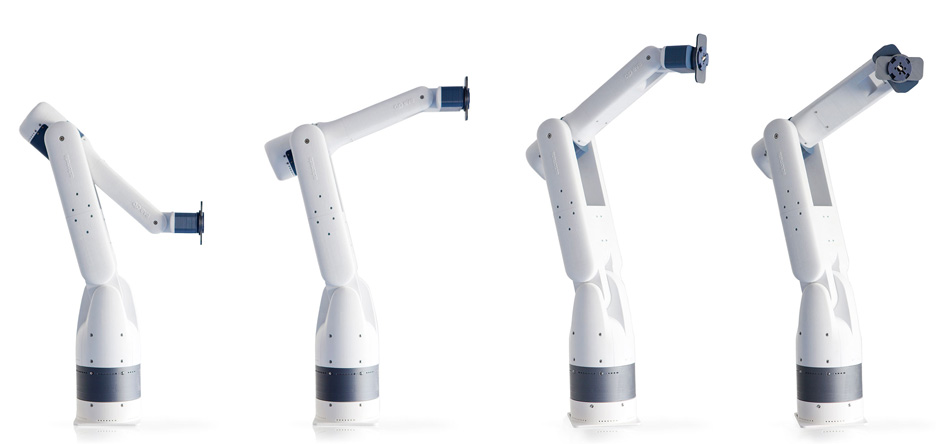
Eva is designed to be extremely easy to operate. Users will be able to move the arm into the positions they want by hand and the robot will repeat the movement.
"We've made the software so simple that you can practically do it without any programming," Chandra says. "You can physically move the robot from one point to another and it records the motion and plays it back flawlessly."
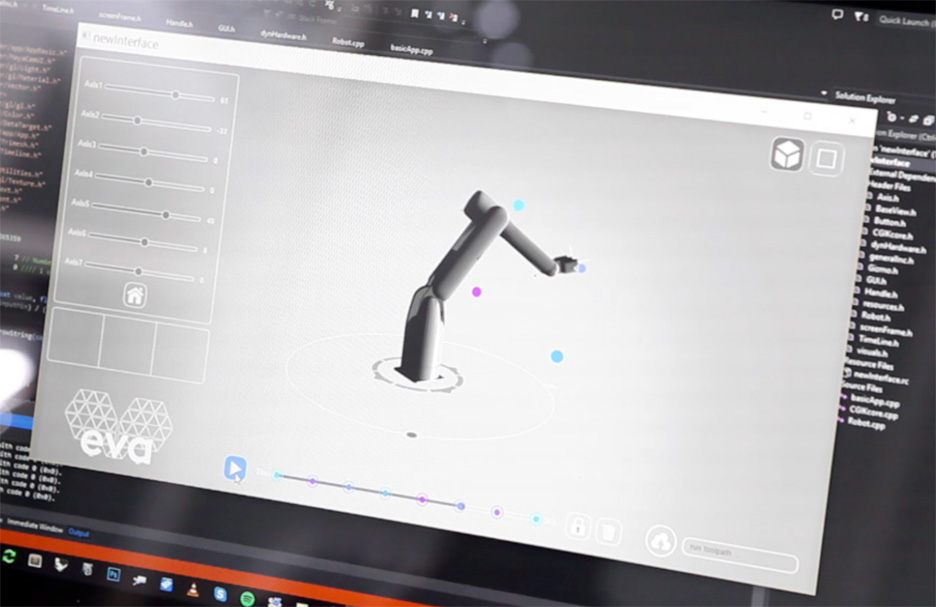
Chandra admits that robots are already well integrated in large-scale production. But he believes there is a gap in the market for smaller manufacturers, where the current cost of robotics is prohibitive.
"Many small manufacturers have specialised machines, which a human has to load and unload," he says. "We've designed Eva so that she's ideal for these kinds of situations."
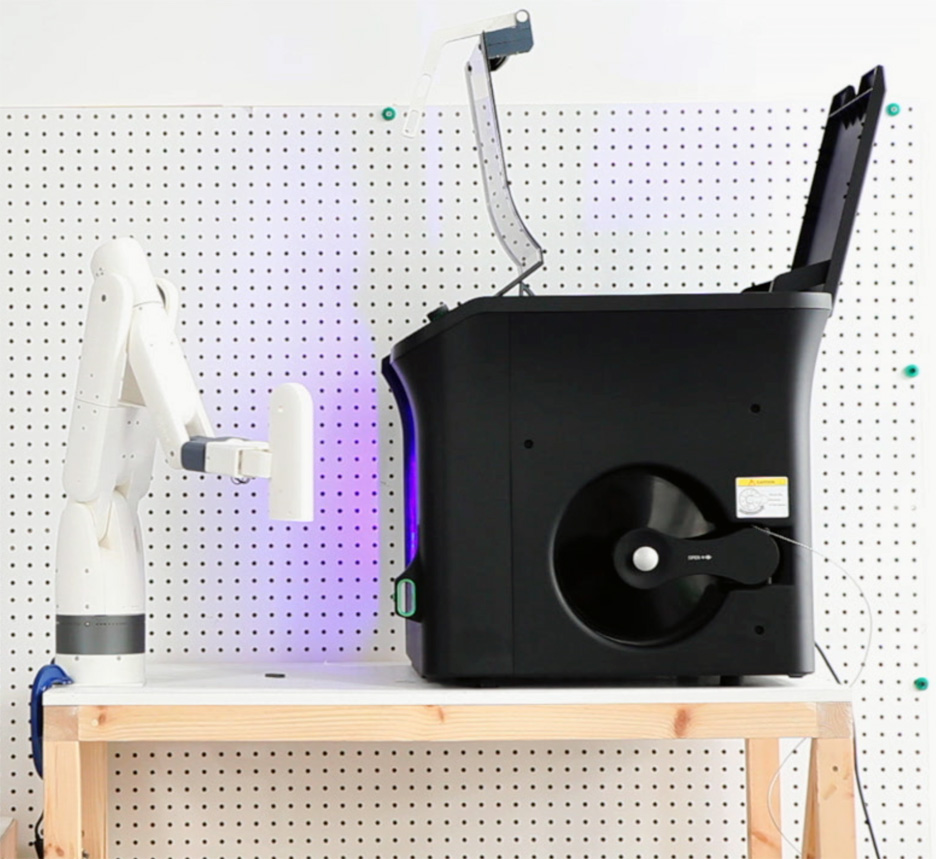
Chandra believes that Eva will also open up robotics for designers and small start-ups like themselves. By designing a special attachment, Chandra and Elsayed use the robot to unload their 3D printer when they are not in the studio.
"At this price point, we're opening up robotics to whole new markets," he says. "Currently all our prototypes are 3D-printed, so one of the tasks that was extremely painful for us was to come in at 3am to take out prints from the printer. That's something we're able to automate with our robot."
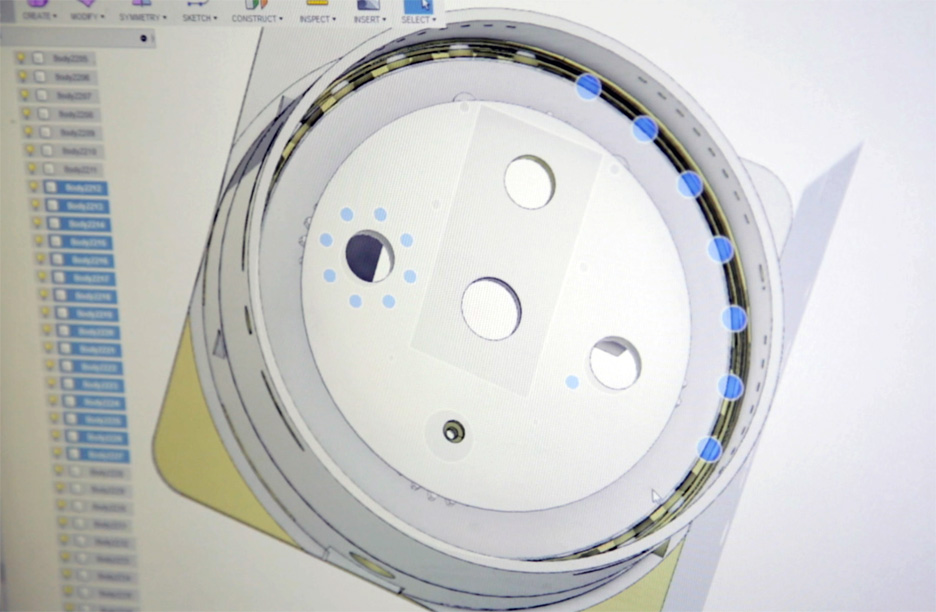
Eva is currently at the final prototype stage, and Chandra and Elsayed hope to start consumer testing next month. All of their prototypes were produced in-house using 3D printers and 3D-software packages such as Fusion 360 .
"We've been through about 16 hardware iterations since the company started about five months ago," Chandra says. "Whenever we discover that something needs to be changed, we quickly remodel it, we 3D-print it and the next day we have the part fitted in the robot functioning. That's what has enabled us to move so fast."
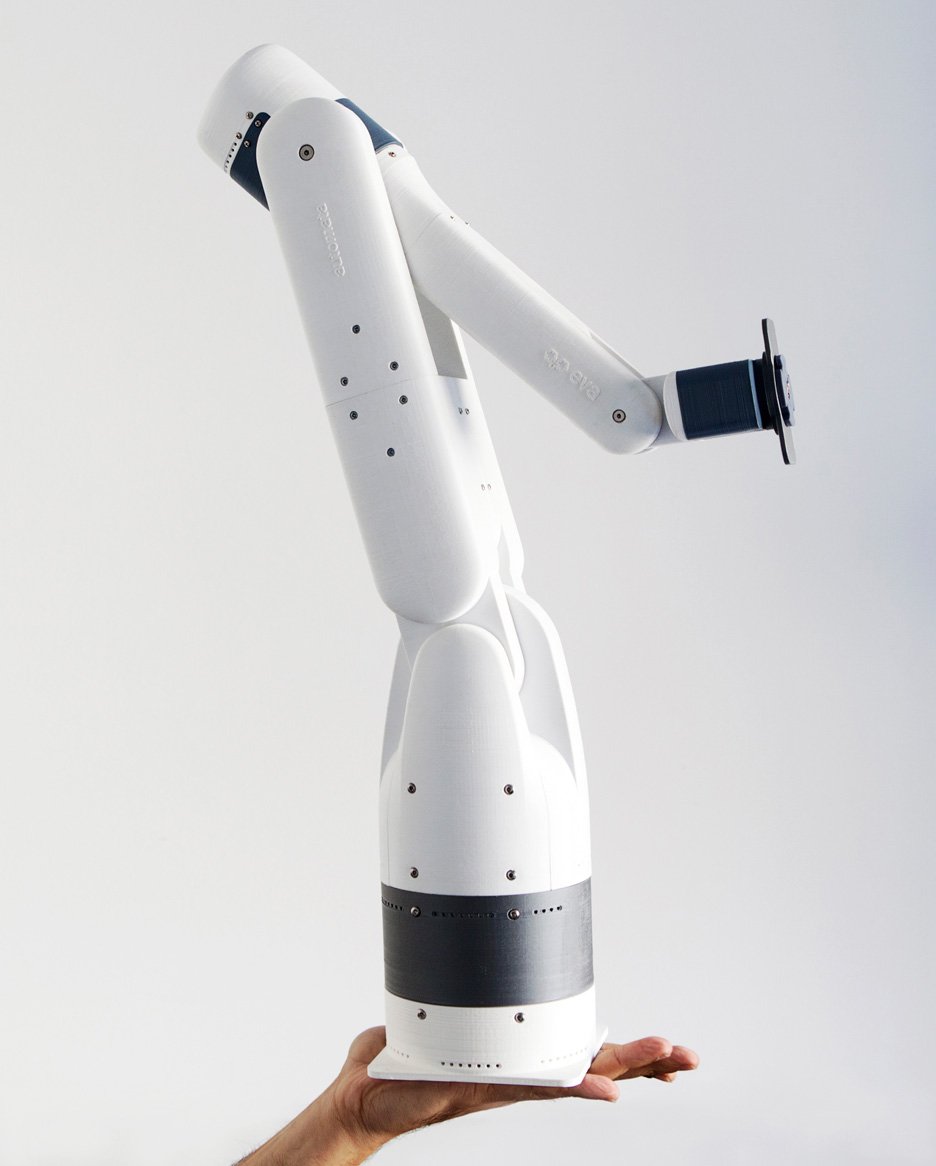
Chandra hopes that one day designers will be using robots as often as they use 3D printers today to get products to market faster and cheaper.
Subscribe to Dezeen's YouTube channel for the latest architecture and design movies
"Just like 3D printing has enabled us to do what we've done in the last six months, we see Automata becoming an enabler of technology," he says. "We will enable people to do more with fewer resources."

Photography used in this story is by Mirren Rosie. Additional footage used in the movie is by Jon Aaron Green, courtesy of Automata.
Future Makers is a collaboration between Dezeen and Autodesk exploring how designers are harnessing new digital tools and advanced manufacturing technology to pioneer the future of making things. You can watch all the movies in the series as we publish them on our YouTube playlist: